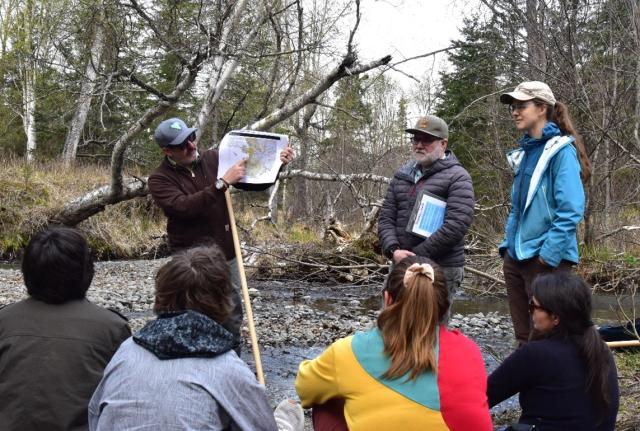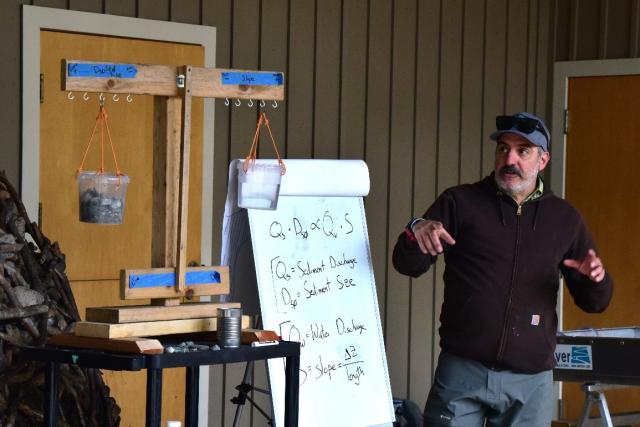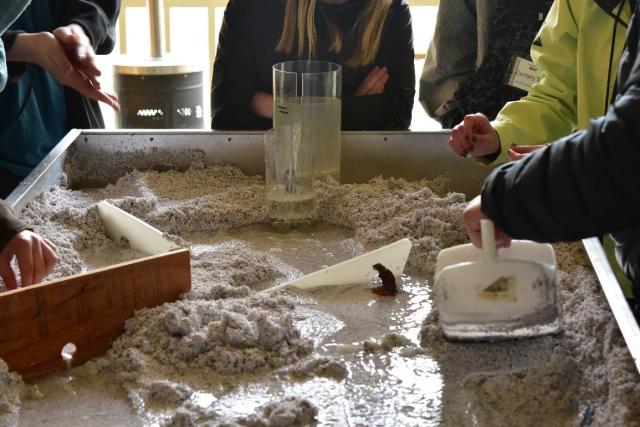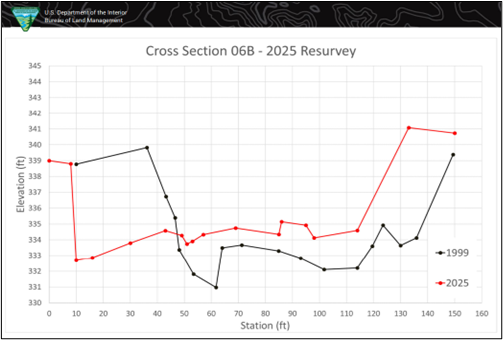Related Stories
- Rural wildland firefighting partners grateful for BLM gift
- Nine years of partnership pays off: Fitzhugh Creek Meadow restoration achieves dramatic results
- BLM Fire Team brings Smokey Bear to Kingman’s Street of Lights
- BLM hosts fire investigation training course to strengthen wildland fire investigation capacity across Arizona and the West
- Using science to uncover mysteries of the Mesa archaeological site in Alaska
Office
222 W 7th Avenue #13
Anchorage, AK 99513
United States
Phone:
Email:




